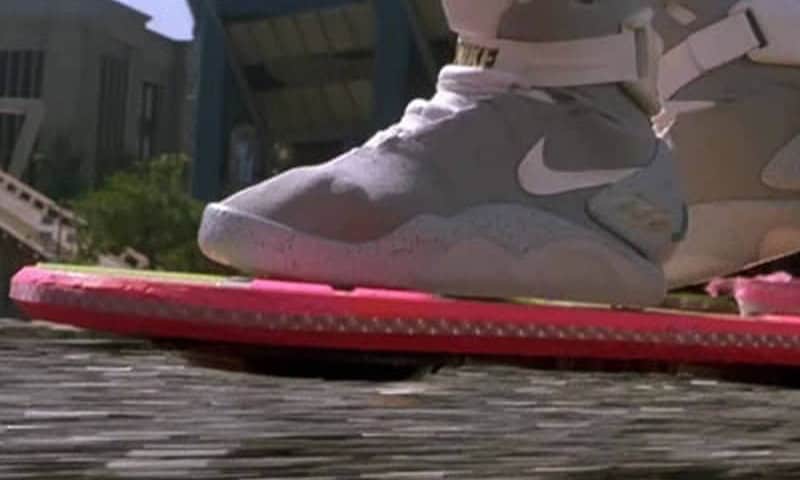When is it Fair Use to Show a Trademark in a Film or TV Show?
Ever wondered what the deal is with films and TV shows using the logos and trademarks of known brands? Here’s how that all works.

Welcome to The Queue — your daily distraction of curated video content sourced from across the web. Today, we’re watching a video on the ins and outs of how narrative films and television reproduce known trademarks.
The law—like a snowstorm in spring or Bohemian Rhapsody winning an Oscar for best film editing —can be difficult to understand. Legalese is a verbal maze. Each footnote has its own footnote. And on the whole, for us lay-folk: needling through legal texts can feel alienating, dense, and almost intentionally overcomplicated.
A pity! As many an inquiring mind has surely had their curiosity quashed once they opened up the arcane behemoth known as the Digital Millennium Copyright Act. Or their eager search cut-short by PDFs that have yet to be OCR‘d for term searching.
Thank god, then, for those heroes who can not only suffer through dense legal scriptures but interpret them for us. In snappy twenty-minute video essays, no less!
The explainer video below concisely unpacks something I’ve always wanted to know, namely: how do films and television shows (legally!) depict known trademarks? When is it ok to have a can of Coke in-frame? Can characters wear sweaters emblazoned with the GAP logo?
Is it all product placement? Or is there room for parody and satire? And, most importantly: where do fair use end and the rights of a company begin?
Watch “When Can You Use a Trademark Logo in Your Film? – IQBiTS“:
Who made this?
Filmmaker IQ is a YouTube channel disseminating all manner of film history and know-how. Their videos range from the highly technical (what to do if your greenscreen footage has something green in it) to the opinionated (are superhero movies destroying cinema?). Site-creator and director John P. Hess is our narrator. You can subscribe to Filmmaker IQ on YouTube here. And you can follow them on Twitter here.
More Videos Like This
- Here’s another sample of Filmmaker IQ’s wonderful work: a film noir styled video about the rise and fall of Hollywood mogul William Fox, the man behind Fox Studios.
- Want another legally minded Filmmaker IQ video? Say no more: here’s the history and philosophy of copyright law, in under thirty minutes.
- And while we’re talking about intellectual property law, I’d be remiss not to recommend this two-part saga from Lindsay Ellis about how a fanfic trope wound up in federal court. The subject matter is strange (to put it mildly), but understanding the Omegaverse lawsuit means you are basically a copyright expert. Watch part one here. And part two here.